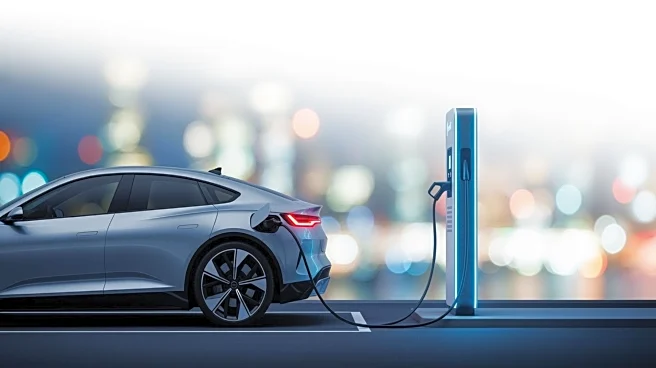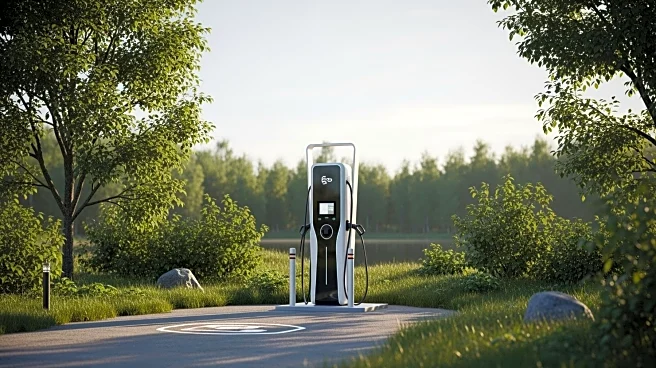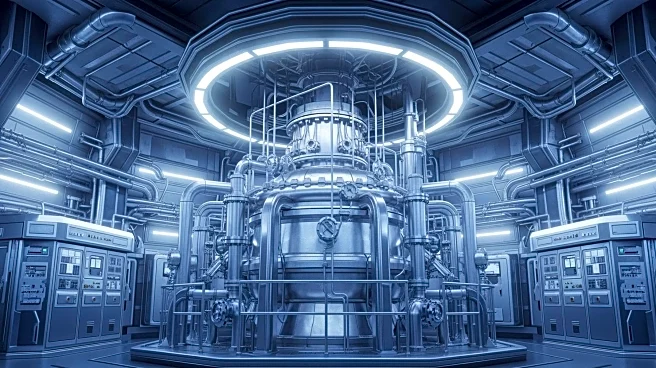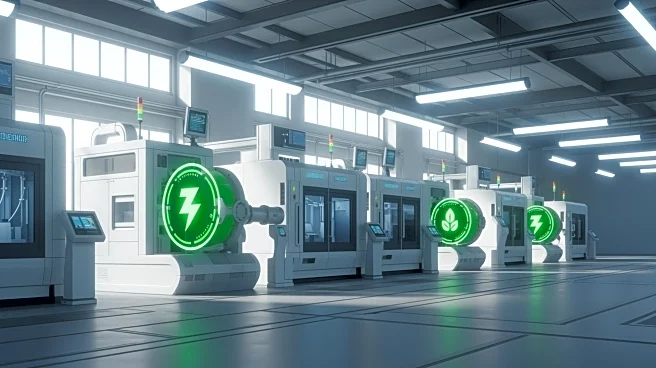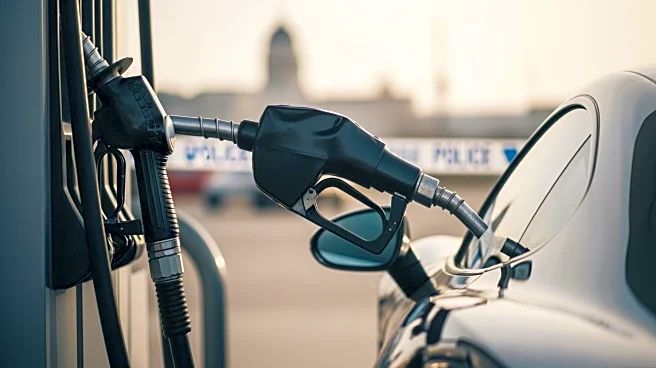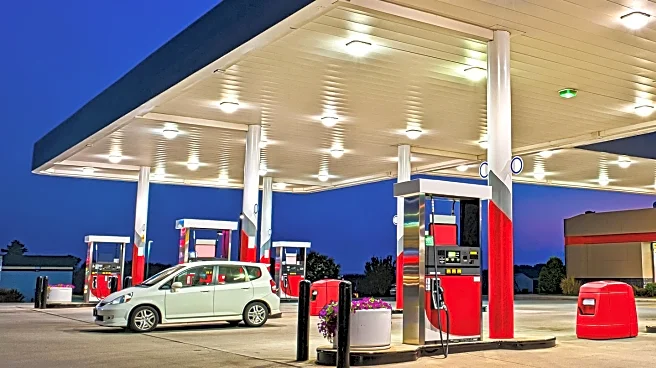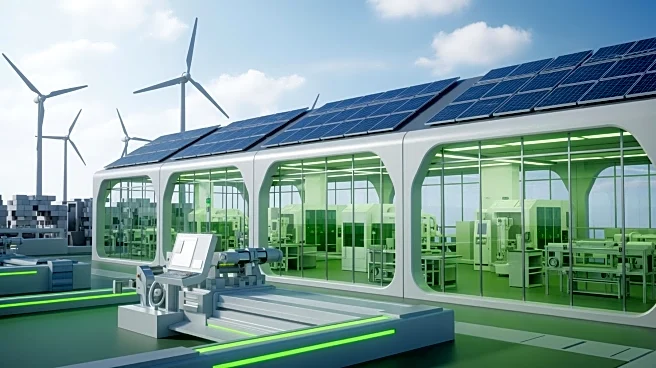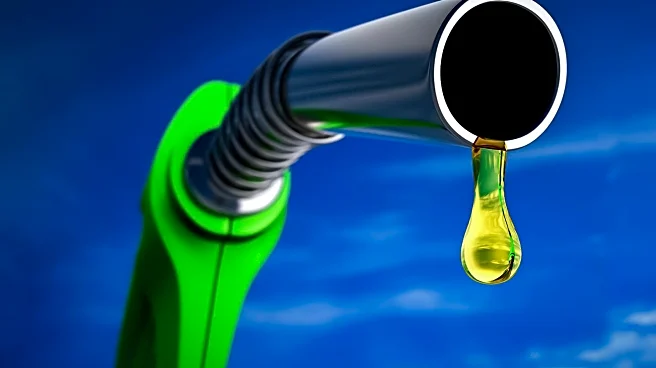What's Happening?
The commercial vehicle industry is witnessing a significant shift from diesel to alternative powertrains, including compressed natural gas, battery electric, and hydrogen fuel cell vehicles. This transition
is accompanied by efforts to enhance fleet efficiency, with the national average miles per gallon (mpg) for diesel trucks increasing from 5.2 to 6.9 over recent years. Fleets are adopting strategies such as optimizing routing, reducing empty miles, and increasing load efficiency. Additionally, advancements in battery electric and hydrogen fuel cell technologies are improving vehicle range, although further improvements are needed.
Why It's Important?
The move towards alternative powertrains is driven by the need to reduce emissions and improve fuel efficiency in the transportation sector. Enhancing fleet efficiency not only lowers operational costs but also contributes to environmental sustainability. As fleets adopt new technologies, they face challenges in achieving the same efficiency levels as traditional diesel vehicles. The industry's ability to overcome these challenges will be crucial in meeting regulatory requirements and consumer expectations for greener transportation solutions.
Beyond the Headlines
The transition to alternative powertrains involves significant investment in new technologies and infrastructure. Fleets must balance the cost of adopting new powertrains with the potential savings from improved efficiency. Additionally, driver training and the adoption of efficiency-enhancing devices are essential to maximize the benefits of these technologies. The industry's progress in this area could set a precedent for other sectors seeking to reduce their carbon footprint and improve operational efficiency.
